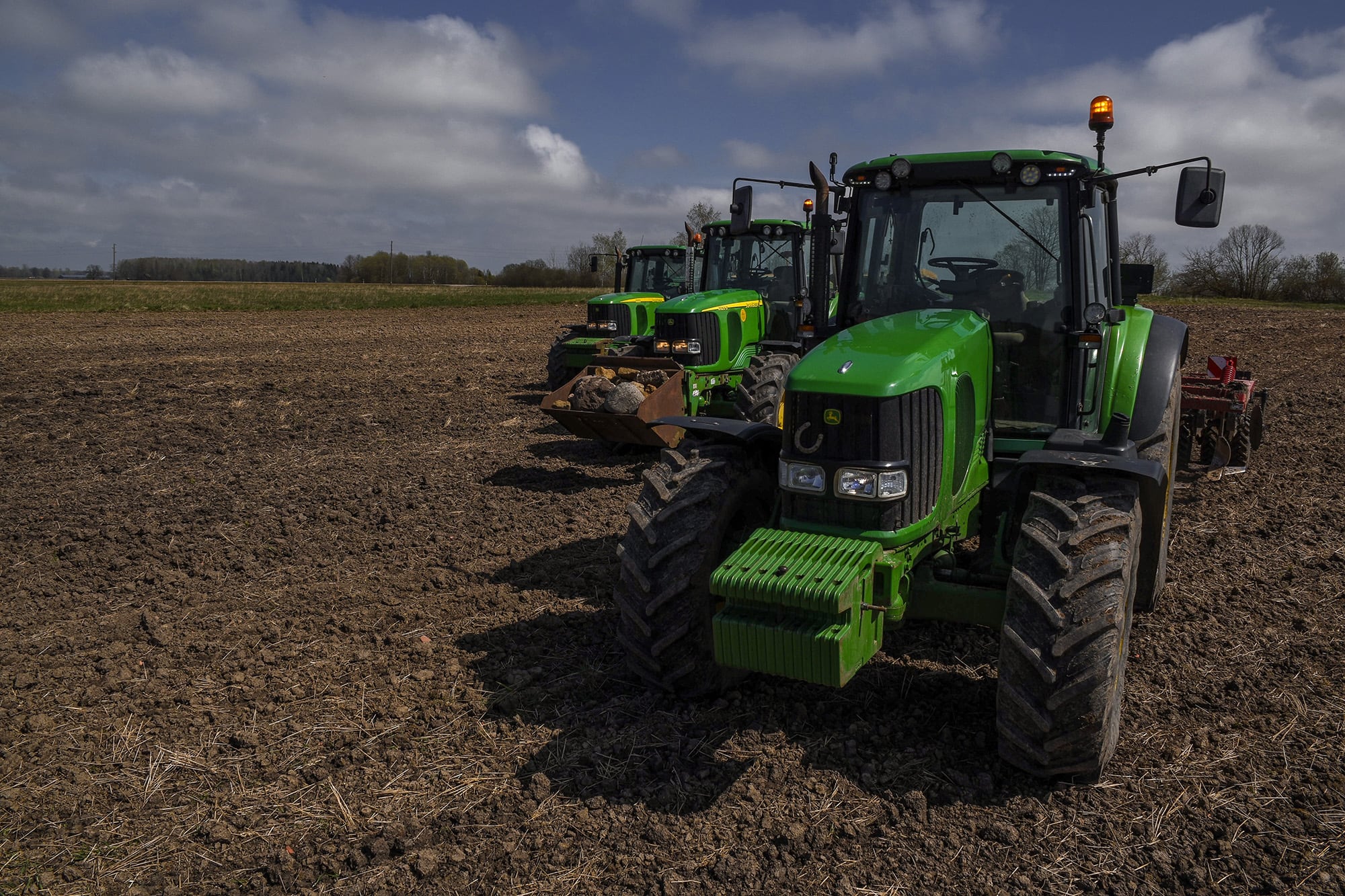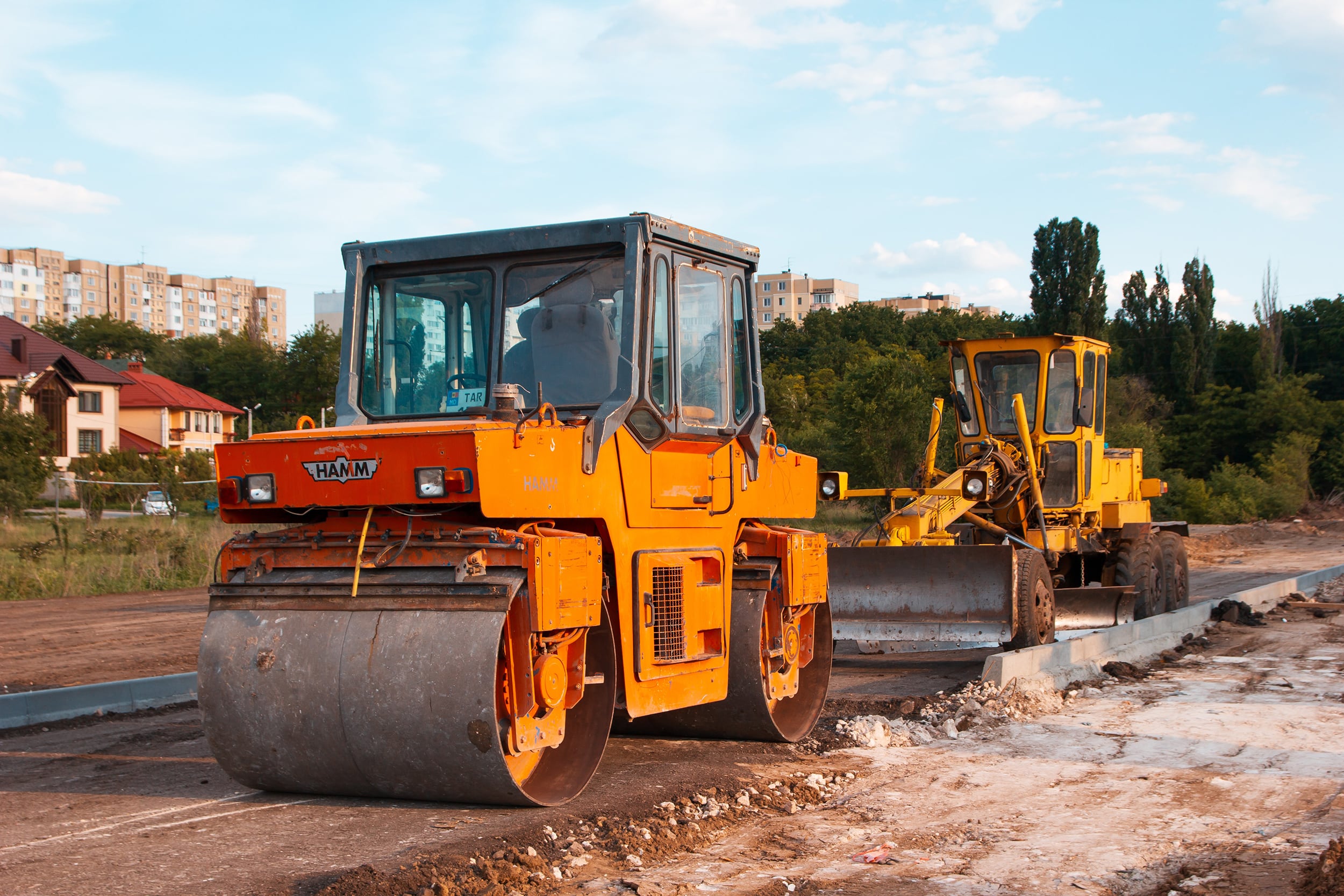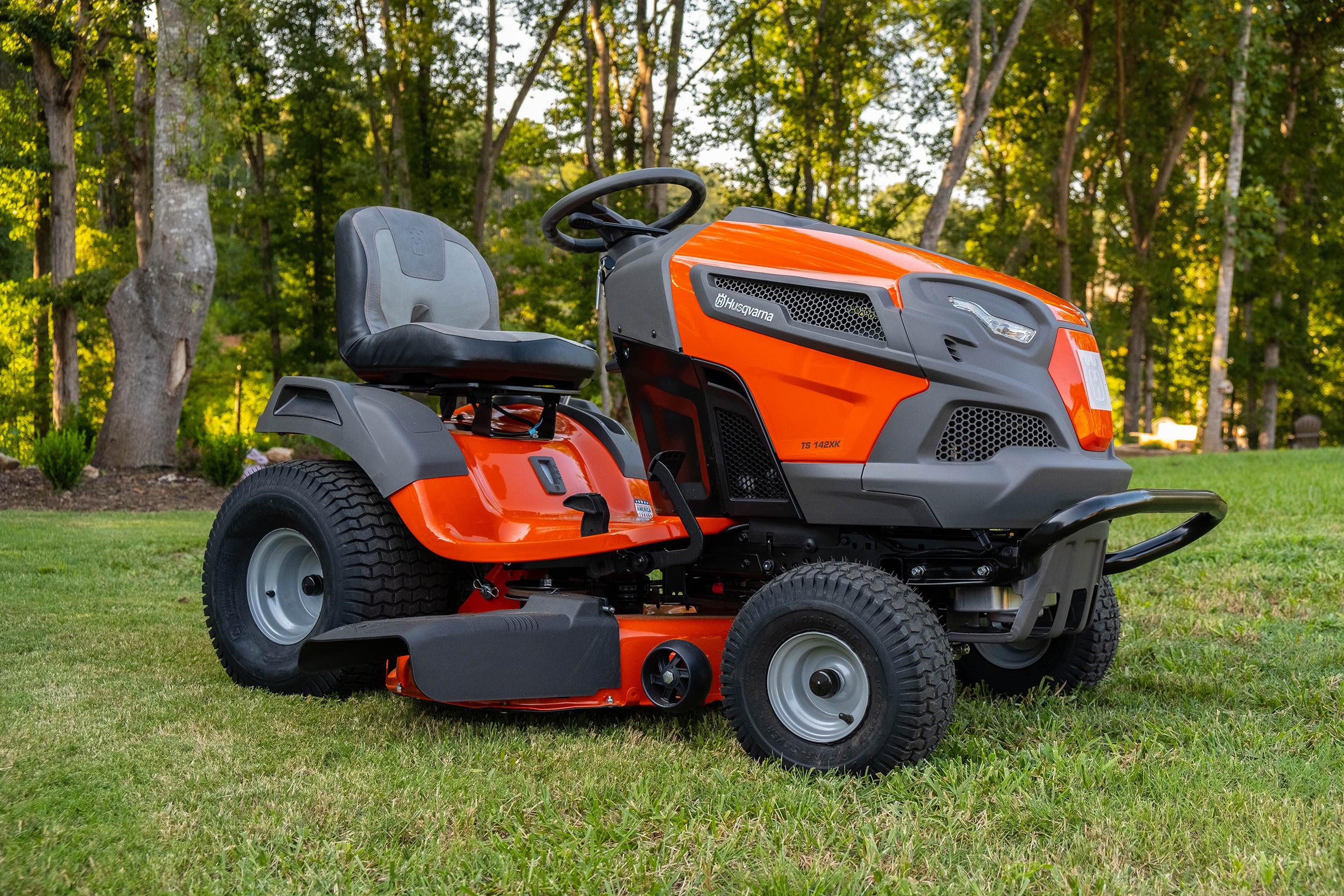Avoiding Excess Lubrication During Grease Gun Use

Avoiding excess lubrication is important when you use a grease gun. While applying grease minimizes wear of parts and bearing, over-lubrication can reduce a component’s life expectancy.
For instance, too much grease can increase running temperatures, damaged seals, and lead to energy loss. In some cases, too much grease can also cause bearings to fail if pressures get to high, so you need to use caution.
1. Chemical Degradation and Oil Bleed
Bearing seals can be damaged by over greasing. When this occurs the grease inside is subject to contamination and the grease can start to break down prematurely. This can cause oil bleed, where the oil will separate from the thickener in the grease and leak out of the bearing. The thickener remains, and depending on the thickener, it can get hard and cause further damage.
2. Avoiding Excess Lubrication by Using Less Pressure
Grease guns are capable of producing in excess of 15,000psi, but that much pressure is rarely required. In fact, most grease fittings on ag, construction, and mining equipment requires less than 500psi.
So remember, if the fitting is requiring a ton of pressure it could be clogged and may need to be replaced or the joint or bearing may be worn and require further inspection. Just adding more pressure is rarely the answer.
3. Schedule a Regular Maintenance Program
So, if you want to prevent any kind of over-greasing, you need to schedule a regular program of maintenance. Setting up this routine will make it possible for you to track each lube point. If you work in a manufacturing facility, keep accurate records for future maintenance and inspection.
Once you set up a regular schedule, you need to determine the number of applications and volume of lubricant that needs to be applied at each point. Typically, the grease that is needed is calculated by the dimensions of a bearing housing or a bearing. In order to make this determination, use the following calculation: G = 0.114 x D x B.
In this case, “G” represents the volume of grease in ounces, “D” equals the diameter of a bore in inches and B equals the width of a bearing in inches.
4. Check for Issues of Over-lubrication
The above calculation can assist you in avoiding over-lubrication when handling the greasing for machinery. When checking the machines make sure the spaces around the zerk fitting are also clean. Remove excess grease, it will only attract dust and debris.
5. Measures to Follow
You can also avoid over-lubrication by practicing the following measures:
- Stop greasing if you note back pressure that is not normal.
- Check to see that the joints on a machine are free from debris, including hard crust.
- Slowly pump the lubricant into a machine’s bearings for several seconds. Do not use a quick-lever action. Doing so can lead to damaged seals. In addition, this type of action prevents proper distribution of the grease throughout a bearing.
6. Update your greasing habits
The best greasing habit is slow and steady. When you pump grease into a fitting it will slowly start to work its way around the bearing or joint. If you pump too quickly the grease will simply take the easy path through the bearing or joint and could blow out the seal.
Did you know that most people who use multi-speed electric grease guns blow out or damage seals because the grease goes in too fast. This is the reason Lube-Shuttle® Electric Grease guns are set for 1.5cm3/per stroke, it helps ensure proper lubrication.
Lube-Shuttle®: Electric Grease Gun
The Lube-Shuttle® electric grease gun is one of the best grease guns on the market. It has a solid build and is designed to be used frequently with reliable and consistent performance.
shop now7. Consider the Output per Stroke
You also have to remember that different grease guns require different delivery amounts. For instance, a regular delivery rate for a grease gun is 30 strokes for each ounce. So, a higher or lower volume grease gun could damage a bearing if the output per stroke is not considered.
While some people tend to keep pumping until they see grease seeping out of a component, that still may be too much. Too much grease or viscosity can cause additional friction. When this happens, the heat will build up inside a bearing or part.
8. Assembly and Disassembly of a Grease Gun
You can also have an over-lubrication issue if you do not assemble or disassemble a grease gun property. To properly connect and disconnect a grease gun, you should do the following:
- Wipe each fitting clean before lubricating it.
- Operate the lever gun handle, taking care not to use additional pressure or an excess volume of grease.
- Turn the coupler, after greasing, at a slight angle. This will release the grasp of the coupler’s jaw. Push the coupler on a fitting, slightly angled, then center it on the fitting. The wrong amount of grease may be applied if the fitting does not properly receive the lubricant.
The main take away is: 1. Get a maintenance schedule and stick to it. 2. Take your time and make sure nothing is out of the ordinary.












